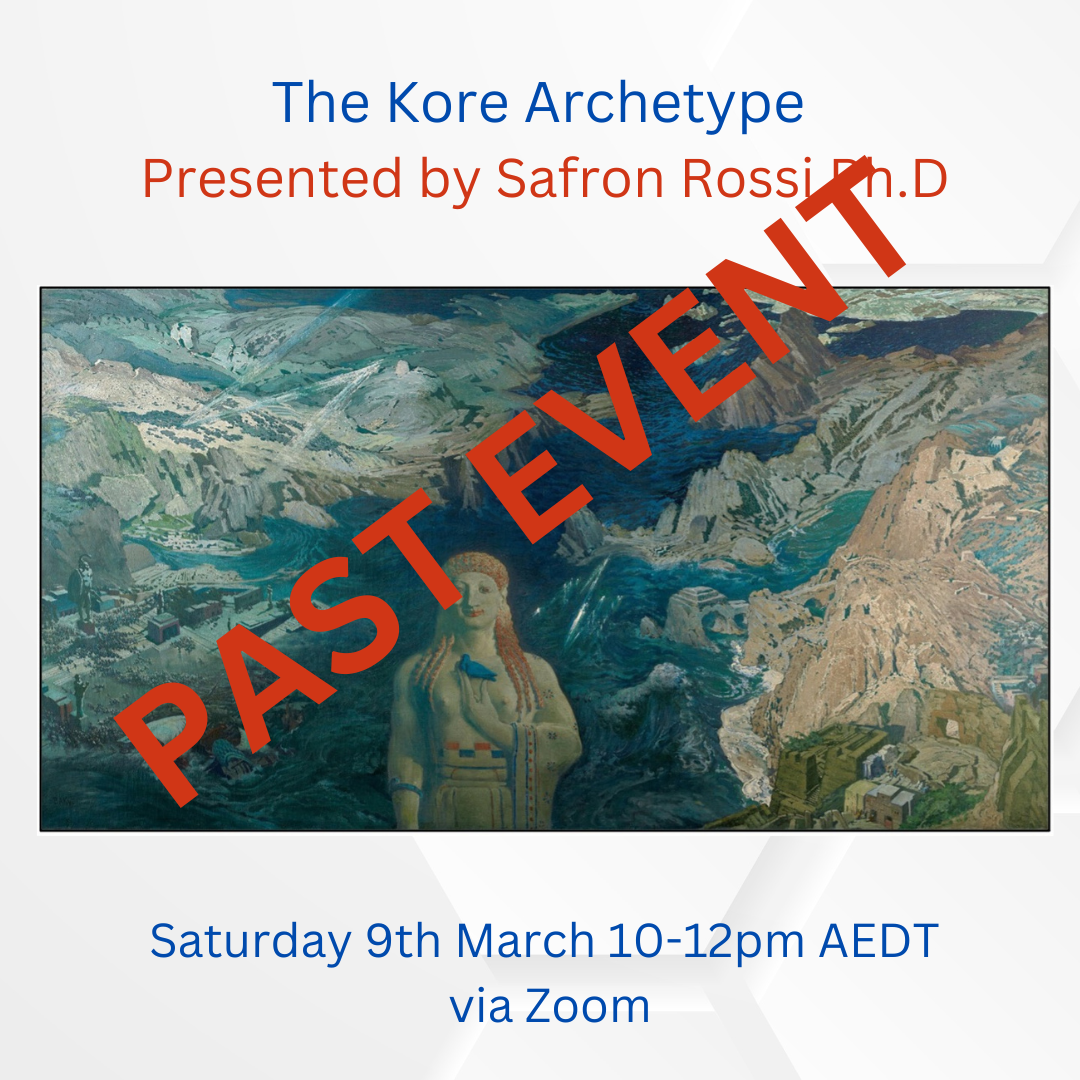The Australian and
New Zealand Society
of Jungian Analysts
Professional Development Programme for 2024
Seminars for Clinicians
ANZSJA offers professional development programs/events for clinicians who wish to expand their clinical approaches to include Jungian and post Jungian perspectives.
ANZSJA Analysts also offer public talks and events for people interested in exploring Jungian and post-Jungian ideas and their application to the individual, society and culture.
These events may include public lectures, seminars and workshops, screenings, performances and exhibitions.
Our listings include diverse events across Australia and New Zealand.
FOR FURTHER SEMINAR INFORMATION, DETAILS ABOUT READING GROUPS OR TO BE PLACED ON THE ANZSJA MAILING LIST PLEASE CONTACT: ADMIN@ANZSJA.ORG.AU
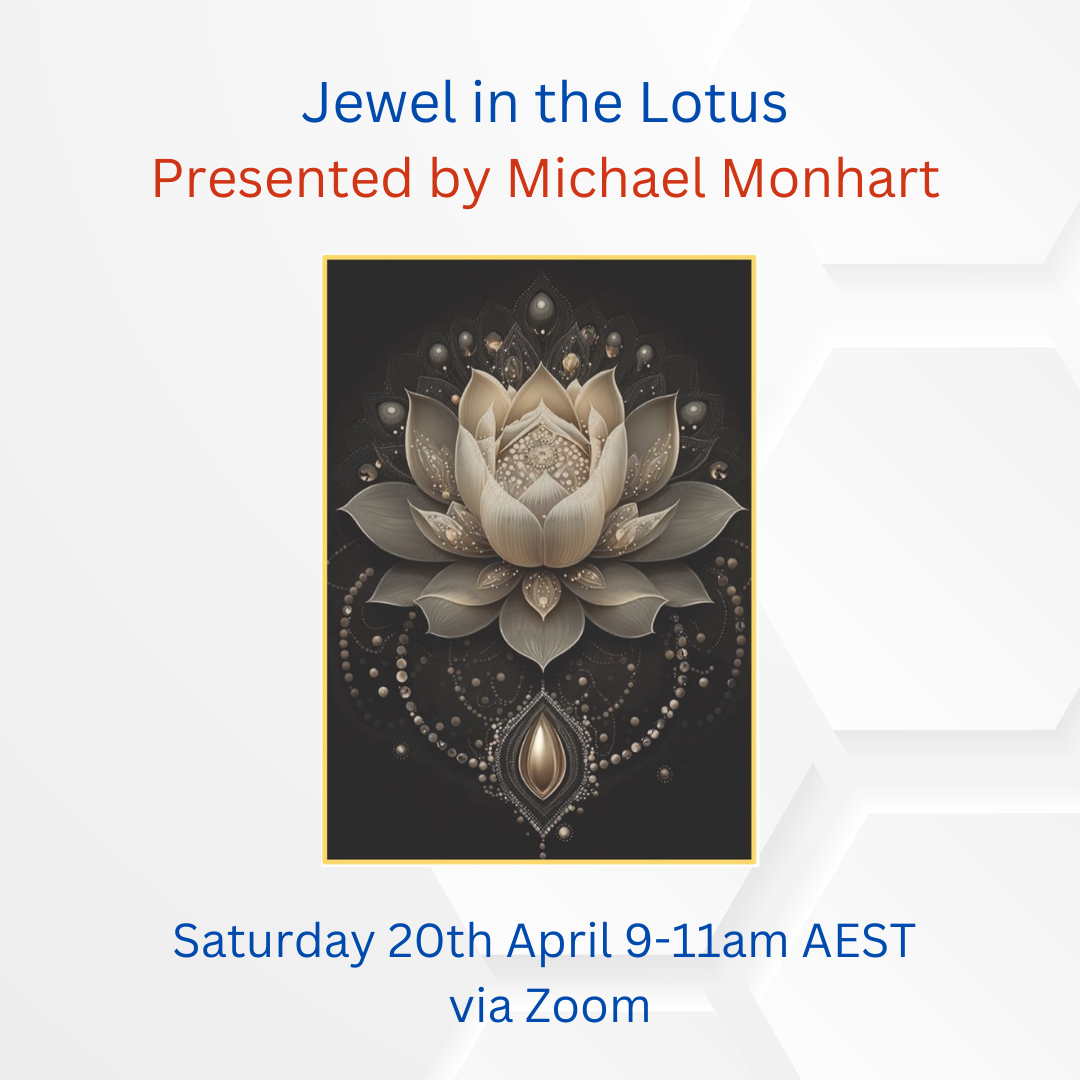
Click here for further information
Click here to book

Click here for further information
Click here to book
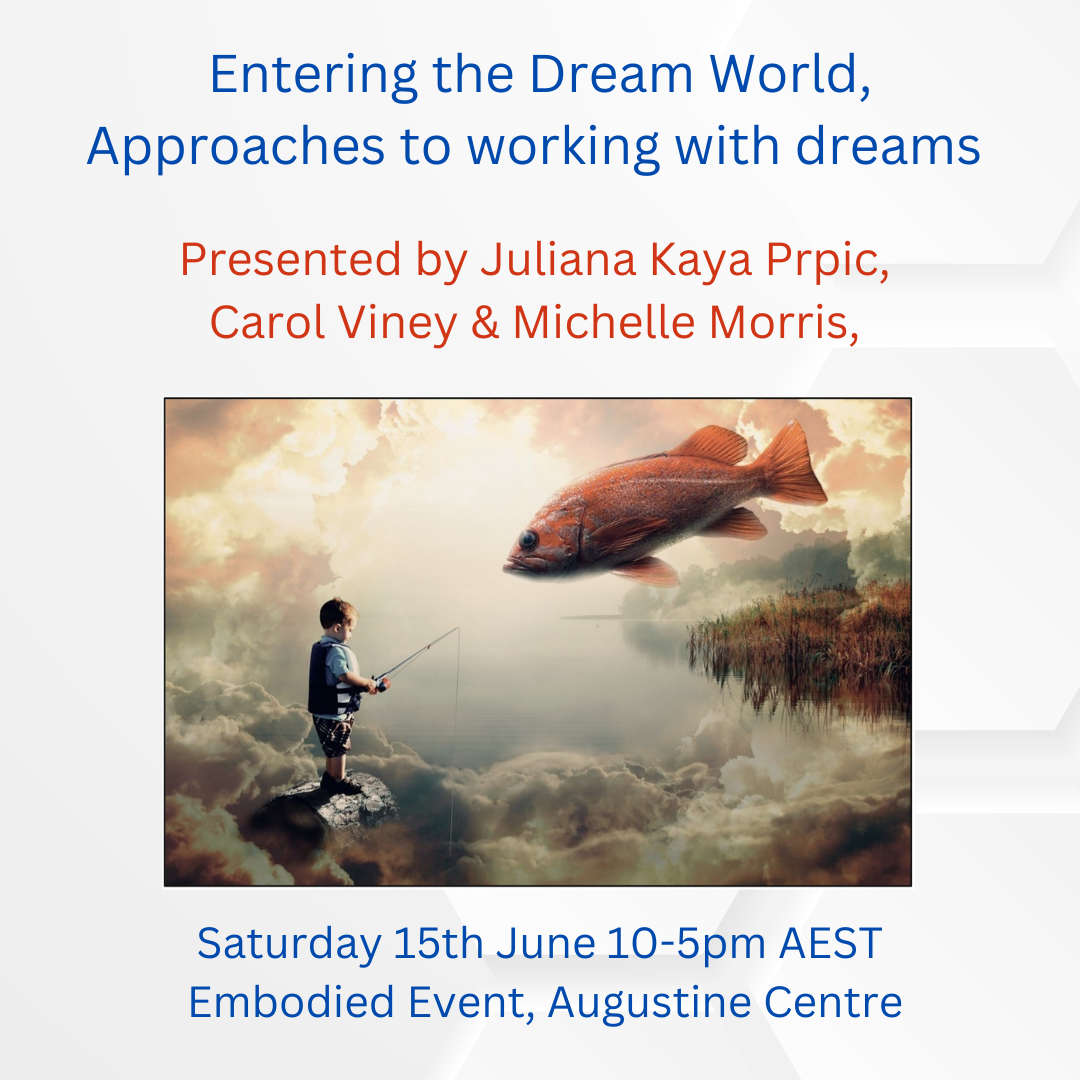
i. The Classical Jungian approach
ii. The Embodied Imagination® approach developed by Jungian analyst Robert Bosnak.
Juliana explores classical Jungian dreamwork, treating dreams as theatres with four stages.
Carole and Michelle delve into Embodied Imagination® by Jungian analyst Robert Bosnak, offering a therapeutic and creative approach to dreams. The seminar covers theoretical foundations, method descriptions, and hands-on exploration of dream images with group reflections.
Click here for further information
Click here to book

Click here for further information
Click here to book
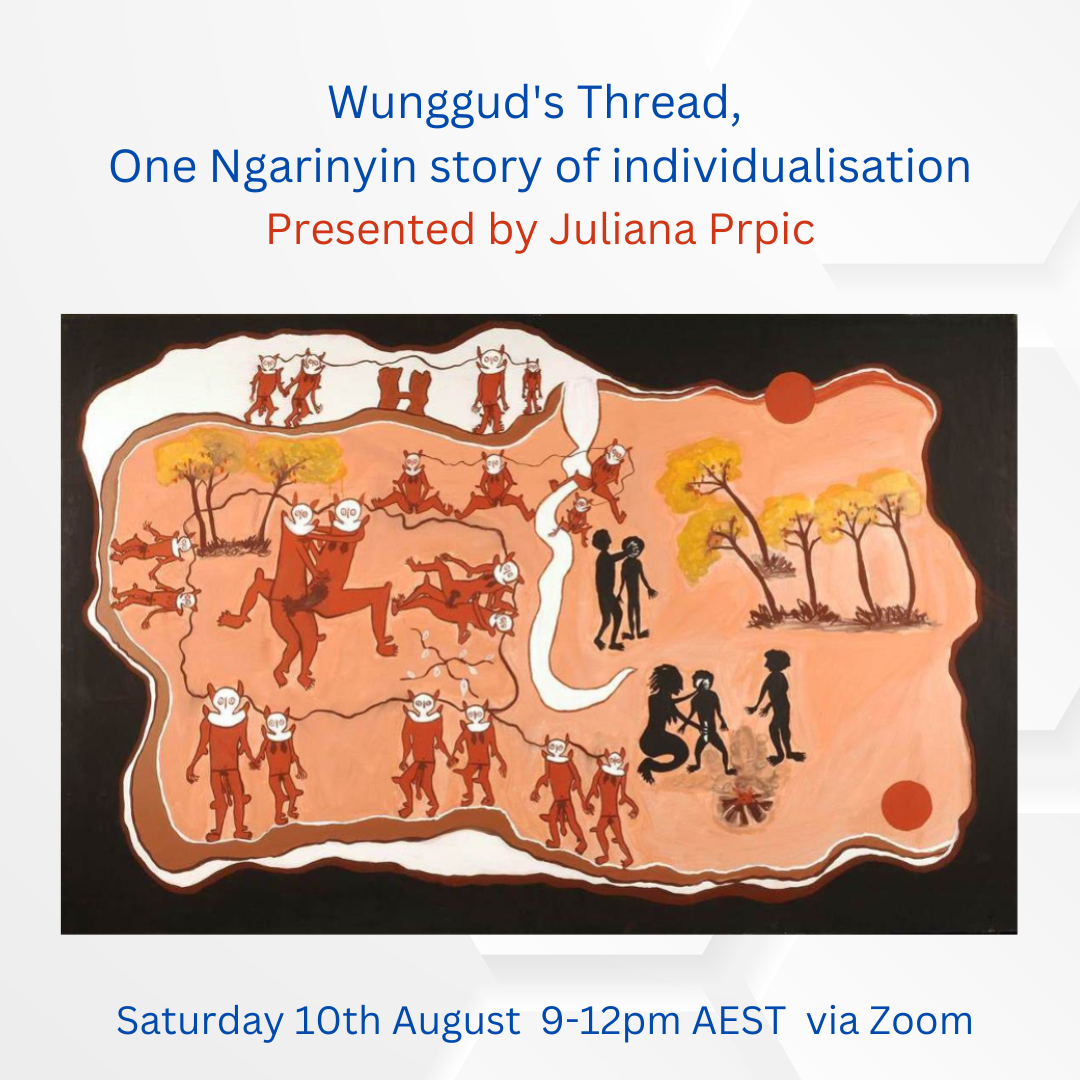
Click here for further information
Click here to book
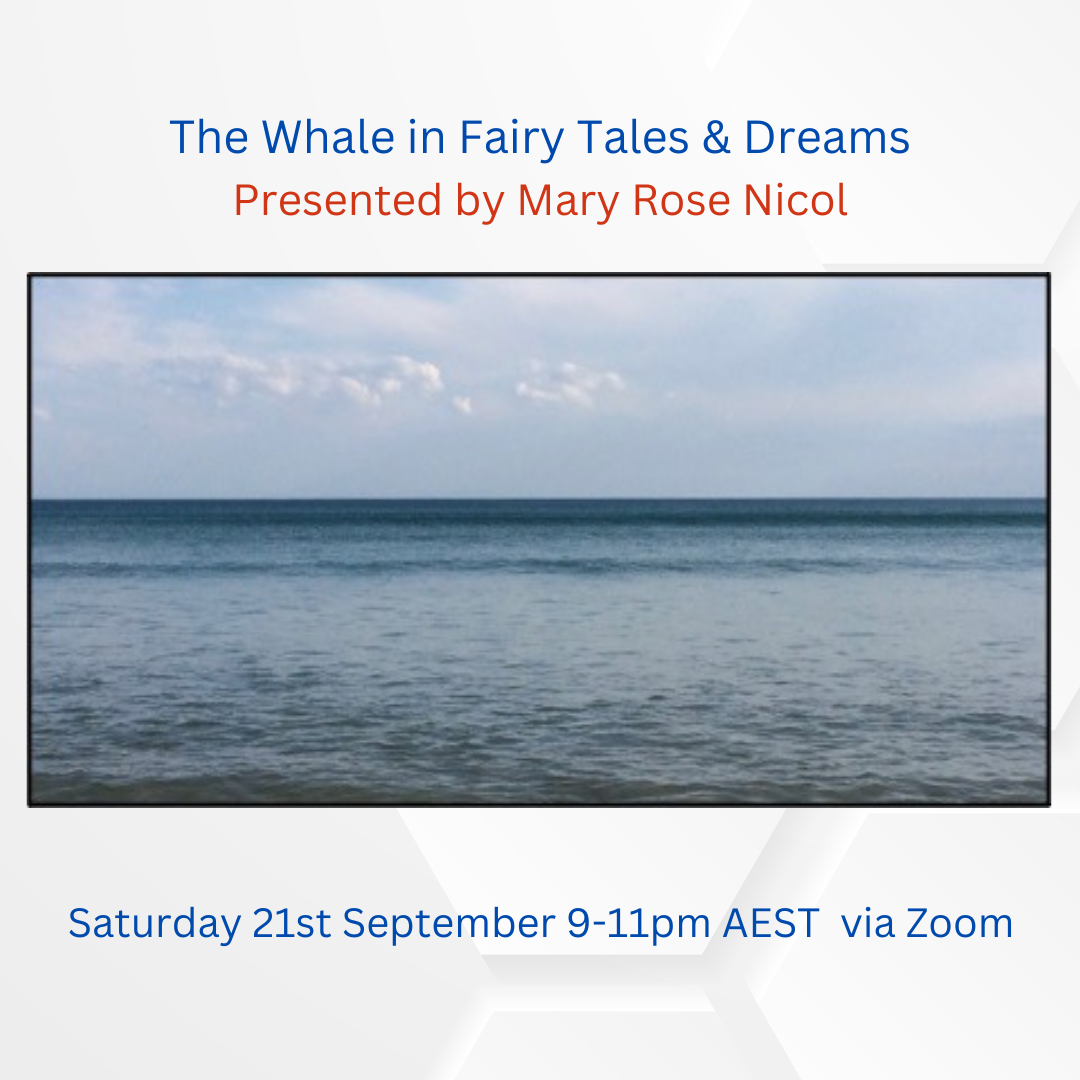
Click here for further information
Click here to book
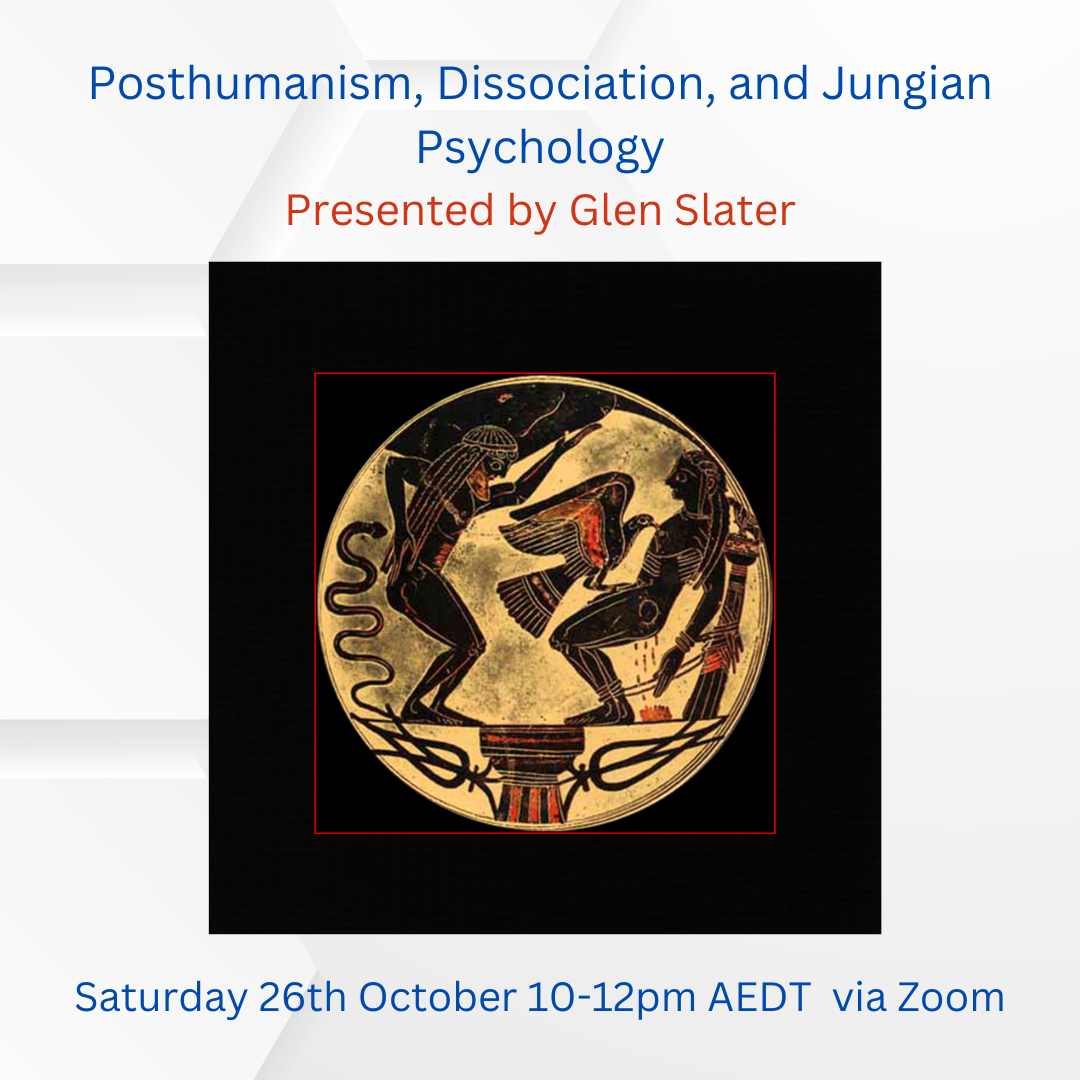
Click here for further information
Click here to book
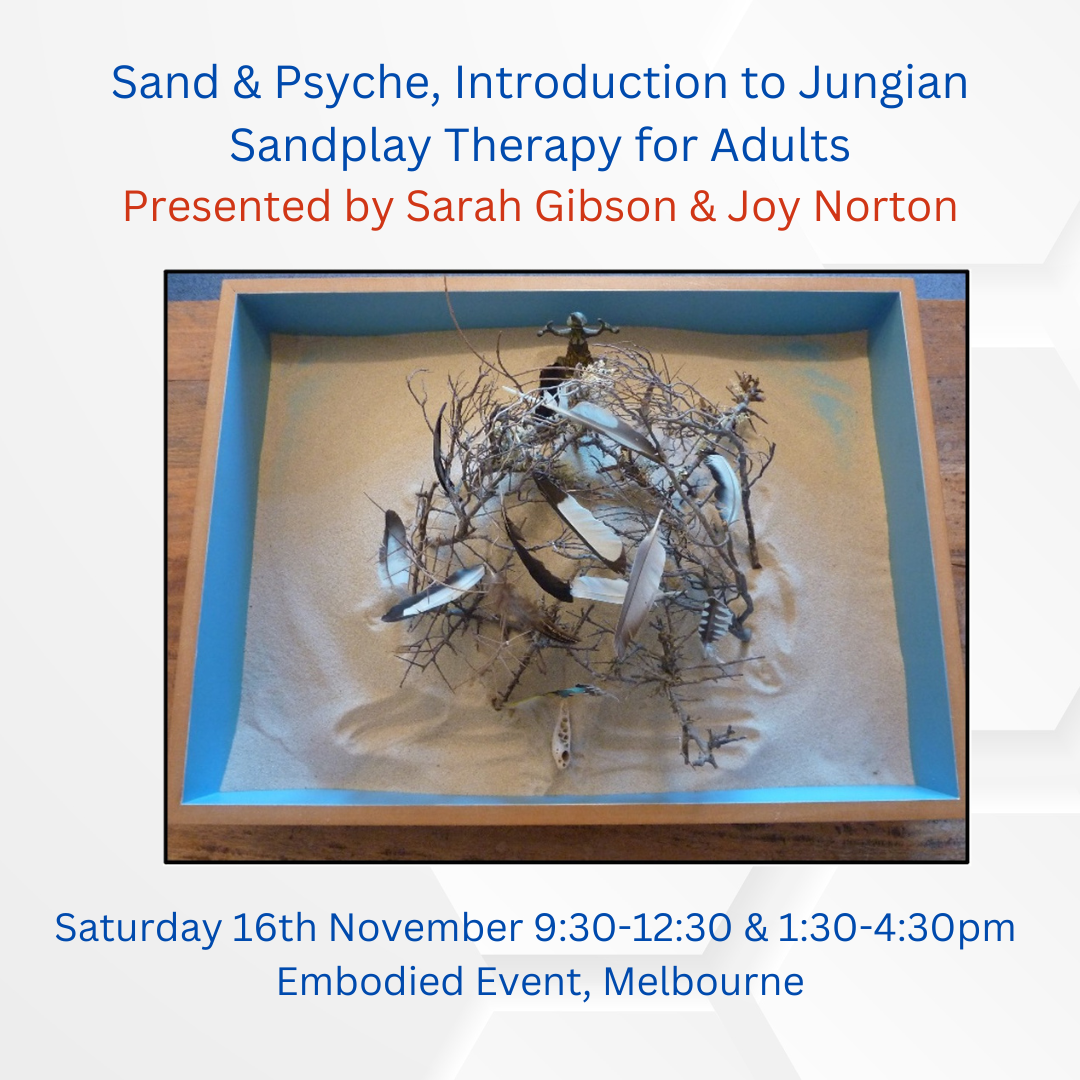
Click here for further information
Click here to book
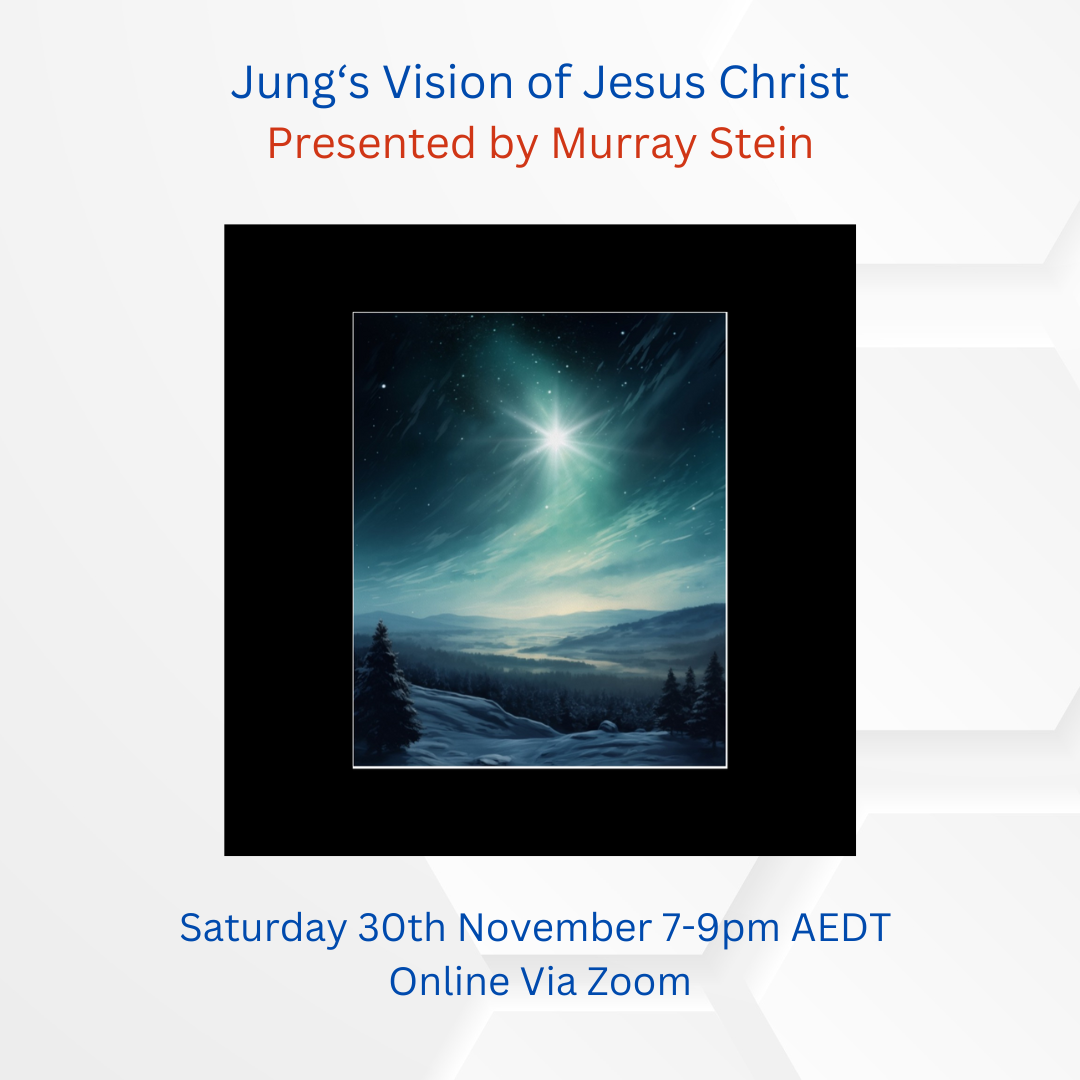
In The Red Book and Memories Dreams Reflections, Jung reports a number of visions of Jesus Christ that came to him at critical turning points in his life. These are remarkable for their vividness and emotional, as well as intellectual, impact on him.
In this lecture, I will discuss the metanoetic function they seemed to serve in his personal development and for his theory of individuation. I will also discuss the importance of numinous experiences such as these for all who have them and work with them to further their psychological and spiritual development.
Click here for further information
Click here to book
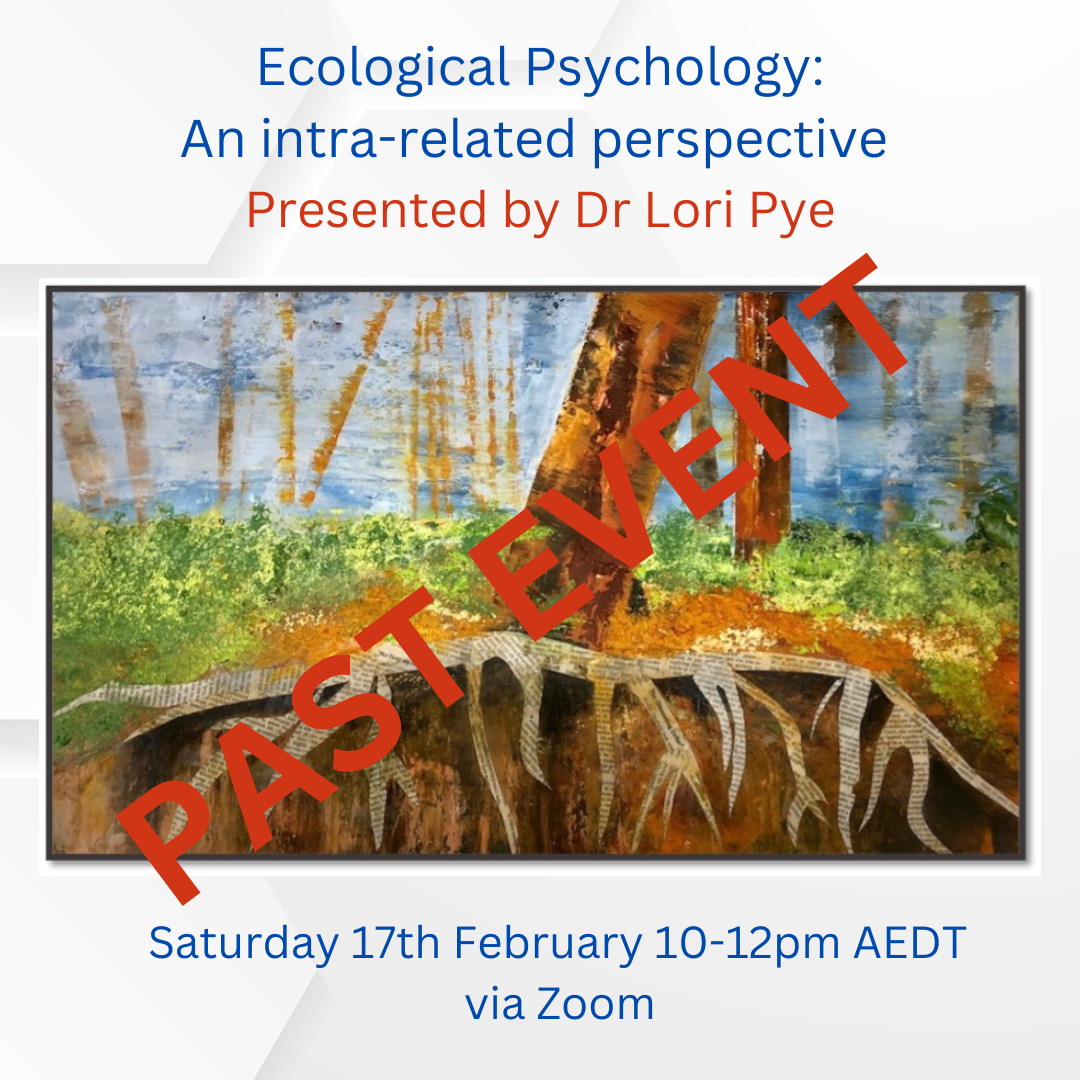
During this zoominar we will examine:
-What co-shapes an ecological psyche – narrative and image – and what matters about this understanding?
Our focus will be in the first process of Energy Exchange. We’ll examine a few ecological and psychological examples to get a better understanding of how narratives have an efficacy of their own: they can poison and enliven, destroy and innovate, close down and open up possibilities.
